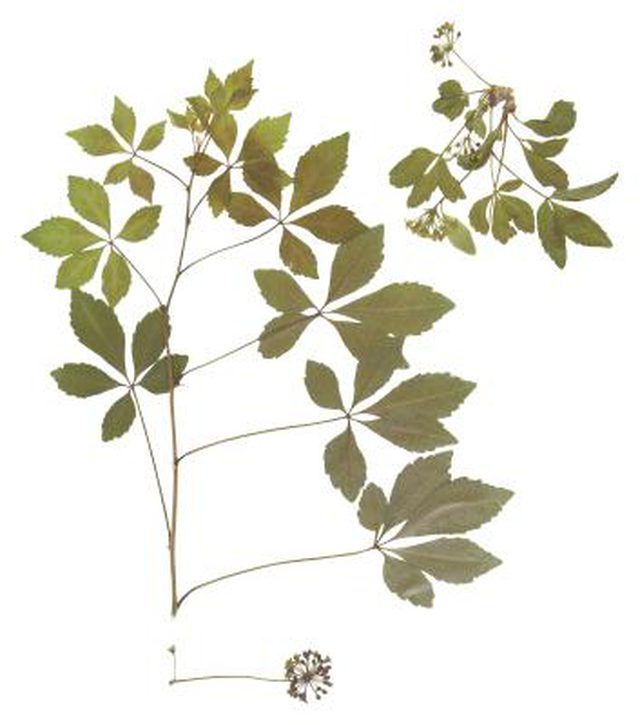Bulbs
Flower Basics
Flower Beds & Specialty Gardens
Flower Garden
Garden Furniture
Garden Gnomes
Garden Seeds
Garden Sheds
Garden Statues
Garden Tools & Supplies
Gardening Basics
Green & Organic
Groundcovers & Vines
Growing Annuals
Growing Basil
Growing Beans
Growing Berries
Growing Blueberries
Growing Cactus
Growing Corn
Growing Cotton
Growing Edibles
Growing Flowers
Growing Garlic
Growing Grapes
Growing Grass
Growing Herbs
Growing Jasmine
Growing Mint
Growing Mushrooms
Orchids
Growing Peanuts
Growing Perennials
Growing Plants
Growing Rosemary
Growing Roses
Growing Strawberries
Growing Sunflowers
Growing Thyme
Growing Tomatoes
Growing Tulips
Growing Vegetables
Herb Basics
Herb Garden
Indoor Growing
Landscaping Basics
Landscaping Patios
Landscaping Plants
Landscaping Shrubs
Landscaping Trees
Landscaping Walks & Pathways
Lawn Basics
Lawn Maintenance
Lawn Mowers
Lawn Ornaments
Lawn Planting
Lawn Tools
Outdoor Growing
Overall Landscape Planning
Pests, Weeds & Problems
Plant Basics
Rock Garden
Rose Garden
Shrubs
Soil
Specialty Gardens
Trees
Vegetable Garden
Yard Maintenance
How to Grow Hawthorn Cuttings
How to Grow Hawthorn Cuttings. Hawthorn is the common name for trees and shrubs within the genus Crataegus, which represents approximately 200 species throughout the Northern Hemisphere. Common hawthorn, or Crataegus monogyna, is widely cultivated as an ornamental shrub since it bears attractive foliage, pink blossoms and tiny red berries...

Hawthorn is the common name for trees and shrubs within the genus Crataegus, which represents approximately 200 species throughout the Northern Hemisphere. Common hawthorn, or Crataegus monogyna, is widely cultivated as an ornamental shrub since it bears attractive foliage, pink blossoms and tiny red berries throughout the growing season, but it also works well as a hedging plant since the branches form a dense and nearly impenetrable wall that responds well to heavy pruning. Hawthorns grow well from fresh cuttings taken during the summer and winter months, but the cuttings root best when treated with powdered rooting hormone.
Things You'll Need
1-gallon nursery container
Perlite
Coarse sand
Potting soil
Pencil
Anvil shears
0.2-percent IBA (indolebutyric acid) rooting hormone
How to Grow Hawthorn Cuttings in Summer
Fill a 1-gallon nursery container with a mix of 1 part perlite, 1 part coarse sand and 2 parts potting soil. Firm the soil surface.
Poke a 5-inch-deep hole in the center of the soil mixture using a pencil or a dibble. Creating the hole will keep the rooting hormone from being knocked loose when planting the hawthorn cutting.
Take a 10-inch-long cutting from the tip of a leafy, young hawthorn branch in summer around early June. Select one without flowers or fruit.
Sever the hawthorn cutting with an angled cut just below a set of leaves. Use anvil shears or a budding knife to sever the cutting.
Remove the lower sets of leaves so approximately 4 to 5 inches at the base are completely defoliated. Brush the defoliated end with 0.2-percent IBA rooting hormone.
Insert the hawthorn cutting into the prepared hole in the rooting container. Push the soil mixture against the base. Pour 3 cups of water around the base of the cutting.
Set the nursery container outdoors in a partially shaded area with limited sun exposure. Avoid areas with direct sunlight for more than 45 minutes each day.
Add 3 to 4 cups of water to the soil whenever it feels dry 1 inch below the surface. Avoid adding water too liberally since wet soil might cause the cutting to rot.
Check for roots in 20 to 30 days. Tug on the stem where it emerges from the soil to feel if the hawthorn is stuck to the soil by roots.
Transplant the hawthorn cutting two weeks after rooting. Choose a planting site with fertile, draining soil and full sun.
How to Grow Hawthorn Cuttings in Winter
Prepare a rooting container as described in Steps 1 and 2 of Section 1. Make it ready in late winter around early February.
Select a 10- to 12-inch-long cutting from the tip of a mature hawthorn branch. Choose a cutting with dormant, barely swollen leaf buds and a diameter of approximately 1/4 inch.
Sever the cutting at a 45-degree angle using anvil shears or a budding knife. Make the cut just below a leaf node. Scrape off the lower two leaf nodes with the blade of the shears or knife.
Brush the exposed leaf nodes and base of the hawthorn cutting in 0.2-percent IBA rooting hormone. Tap the cutting to knock loose any caked-on or excess hormone.
Insert the hawthorn cutting to half its length into the prepared rooting container. Pour 3 to 4 cups of water around the base to settle the soil.
Set the nursery container against a south-facing wall that offers some protection from strong winds.
Check for roots in spring once daytime temperatures stay above 65 degrees F for 10 to 14 days. Tug on the hawthorn cutting to test if it is anchored by root growth.
Transplant the rooted hawthorn cutting into a permanent bed once it sets leaves. Select a planting site with fertile soil, good drainage and full sun.
Tips & Warnings
Hawthorns grow best in USDA hardiness zones 4 to 8b.